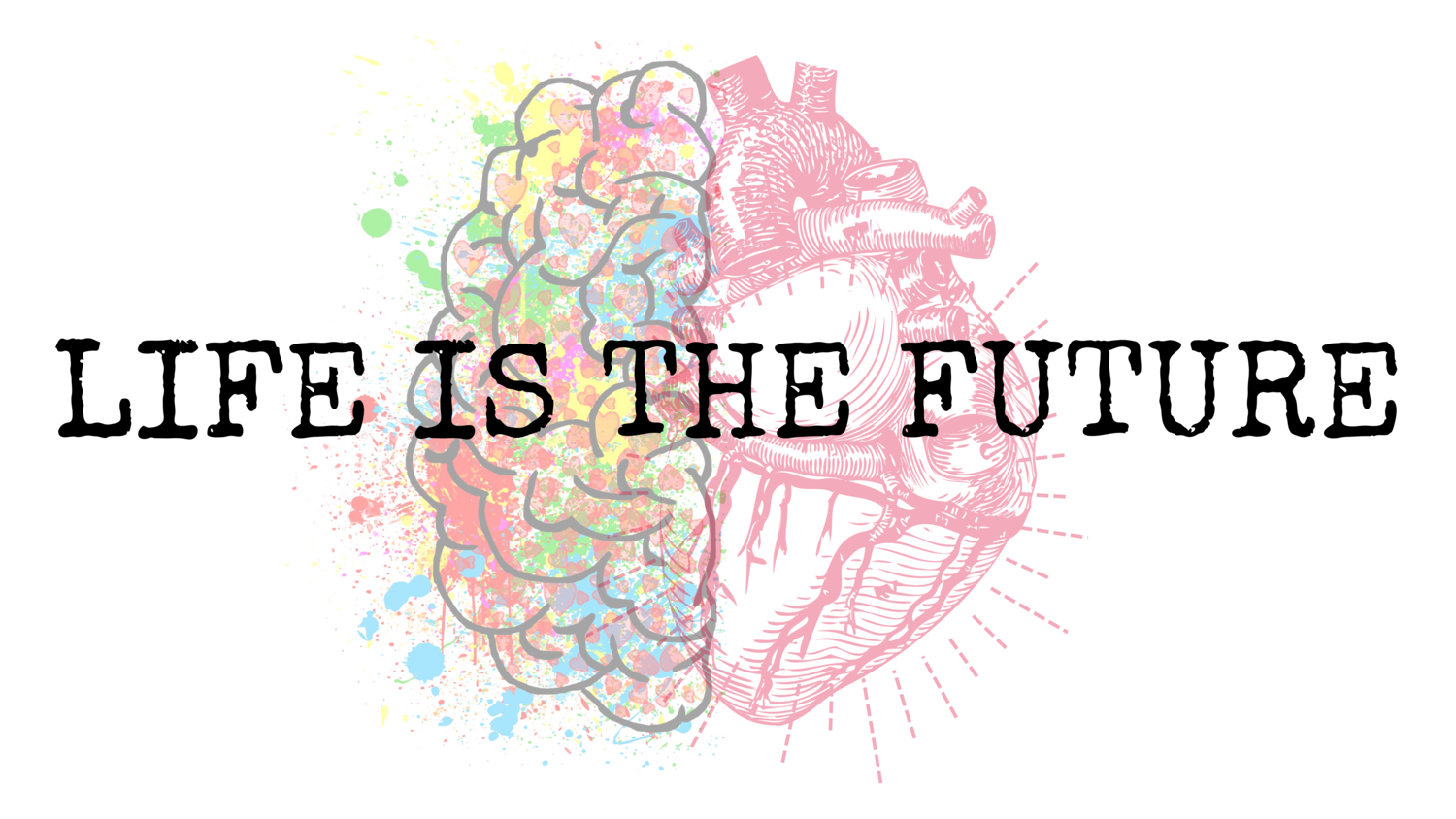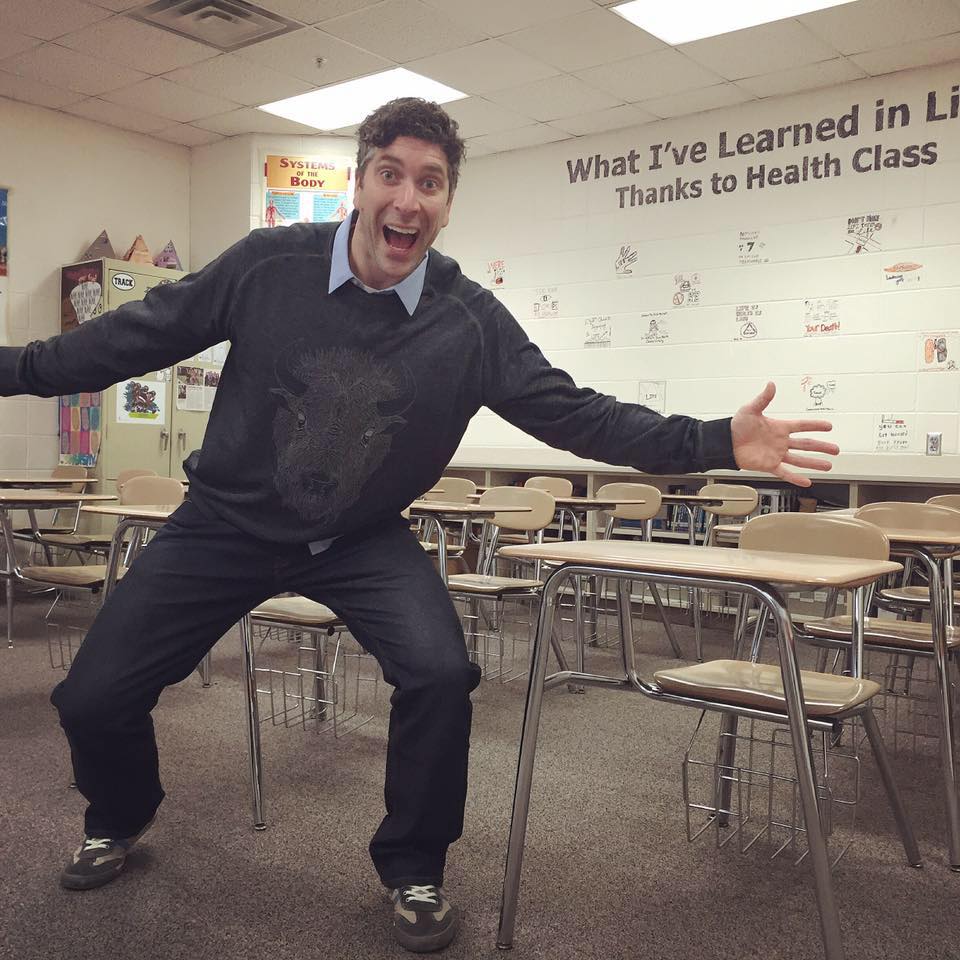Three Simple Things
"Smile; it's free therapy." —Douglas Horton
As teachers, we all know the regenerating energy that students possess. They return each and every weekday, alive in the hallways and classrooms, hungry for new life lessons. Each “Hi!” and “Morning!” brings adolescent zeal that is sometimes exhausting. But we can take this energy, this nervous and often boisterous energy that spills in the door each period, as a reflection of a genuine interest in learning.
Much of middle and high school life involves a social component, as well as the mental balance of stress and self-esteem— but that’s why we teach Health Education, right? These are the very life lessons that pique our interest and it’s what we take pride in teaching.
With all this in mind, I offer three simple things to add to your teaching in order to enhance the educational experience. The focus? Improving the social connection and mental well-being in yourself and those around you. Health Educator or not, try these tricks to better connect with students.
1. Smile
About a year ago I made a conscience effort to smile more.
Something simple, really, and it came about as I was reflecting on professional goals and personal life. I wanted to create and portray a more positive aura surrounding myself and my lessons.
“Maybe it’s simple,” I thought. “What if I smile more?”
I figured to project happiness and see if that helped both myself and others feel comfortable. Like my own life, teenage ups and downs are inevitable. Adolescence certainly brings laughter, but it can also be a time of stress and struggle and even inexplicable withdrawal. Teachers have the ability to help students feel encouragement through crucial developmental years.
It’s not like I’ve taken research data on the topic of smiling. But I have to say, it has definitely made a difference in my style of addressing a classroom of students, in speaking to a crowd of parents during curriculum nights, or in presenting to a room full of fellow professionals. If I ever felt nervous or unsure of myself in the past, I would often rush to finish; I would speed up in order to “just get through it.” Now, I try to pause, take a breath, and give a smile before carrying on.
In a world of haste and uncertainty, we can make a positive impact– starting with ourselves.
Recommendations
Never force a smile. Display the multitude of emotions and remain a role model of mindfulness and natural expression. However, smiles can occur quite naturally in everyday interactions, so let them out. They are especially powerful during the beginning of lessons, assignment set-ups, and/or activity objectives. These criteria-heavy portions of instruction often need that signature human element.
You may notice students follow your expression with a smile of their own. This isn’t something seen in a final exam, but it is certainly something students might remember long after the class content.
Smile, see how you feel as an educator, and watch how your students respond.
2. Choose Your Words
“What are we doing today?”
The dreaded question, right? As if we could explain in five seconds what lessons will occur in a full 40-50 minute class period.
I have decided to turn this question around. No more dread– only listening and responding to the intrigue in my students. They are just expressing interest. And even if they aren’t, even if the question is more along the lines of, “Ugh. What do we have to do for this assignment again?”, I seize the opportunity to plug my own positive wording.
“What we get to do today is…” Or, “We have the chance to examine…”
With a simple turn of phrase, life in the classroom is an opportunity. Exactly what it should be.
I encourage you to eliminate “You have to” from your teaching vernacular. Get rid of the educational chore. Feed the educational intrigue.
“Have” will still be around, of course, and words like “must” and “need to” will be present too, particularly in discussing project criteria or assignment details. But it’s quite possible that even in those moments you’ll be able to state your lesson objectives in a positive light. Once you are cognizant of word choice, the positive flow becomes more and more natural.
Recommendations
Be clear on expectations and be positive in the experiences that will follow. Find a way to cut out any passive voice like, “If you wanna…” or, “Maybe when you’re done…” or even the innocent sounding, “The projects need to be turned in by…” Instead, put students in the active role. “You have until Monday to turn the assignment in, which is still a good five days,” is free of ambiguity and eliminates the sense of chore. Notice this is different than, “You have to write an essay and it must be typed and you need to get it all done for me by Monday.”
Linguistics? Maybe. But give it a whirl and see how class morale feels.
3. Create Fun Routines
Obviously setting consistent classroom guidelines allows your course to flow. But there are other items that deserve attention– fun routines that come to the surface as you teach.
I found myself with consistent additions to weekly lessons that have grown into entities of their own.
Weekly wacky facts became a thing. So did social bell ringers, trivia questions, and even classroom contests. The excitement around them was something I couldn’t ignore. I decided to create catchy names for these activities and build them into simple teaching traditions. They don’t take time away from curricular content or district goals; in fact, these routine activities supplement the Health class experience and further embed state and national learning objectives.
The activities were already occurring. I just gave them room to grow. Routine became tradition as word spread through grade levels and siblings.
Creating your own brand of teaching sets you apart from the generic school experience. You forever stand out in the minds of students. I don’t mean that in the sense of competition, as in, be better than the other teachers you associate with. Quite the opposite: I am referring to the unique offerings we all provide for our students. This includes our course content, but it also includes ourselves– our personalities, our character strengths, and our specific teaching abilities.
Recommendations
Self-reflect. You already have habits and tendencies while teaching, and you probably incorporate other items that aren’t purely curriculum based. Find those you like, nurture them, and let them thrive.
Do you have a weekly interest that can be set as a mini-routine? Build it up. Create a catchy title for that part of your day or week. Every Monday or Friday or whenever it comes up, use that 4-5 minutes and feed the fun routine. I bet you can connect it to your lesson content and it may even grow into classroom tradition. If not, scrap it and put efforts into a different fun routine. Follow those where students show the most interest.
The best part about these three simple things is that they don’t involve a big overhaul. No curriculum writing, no redecorating the classroom, and no SLO paperwork or educational framework. All important items, of course, but the mental/social additions above are quick embellishments that highlight you as a person, and therefore you as an educator, strengthening the experience you provide for young people.
Other ideas shared throughout the school year on social media. Join the conversation!
Facebook.com/MrTodnem Twitter.com/ScottAmpersand

